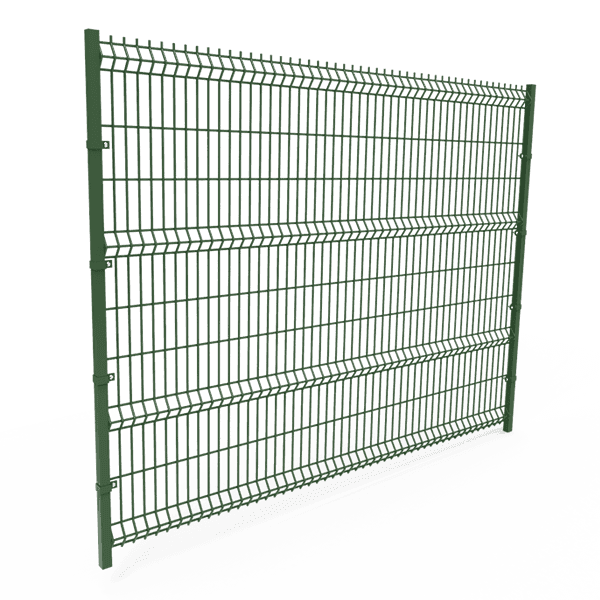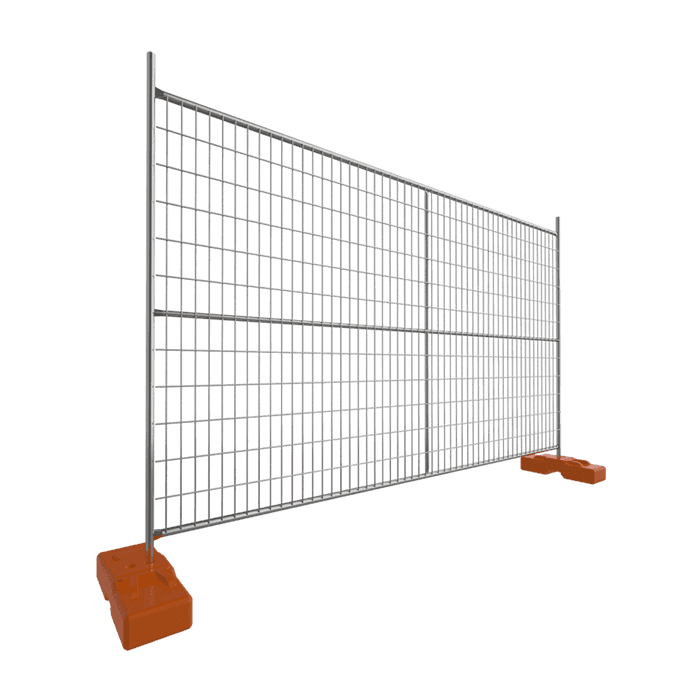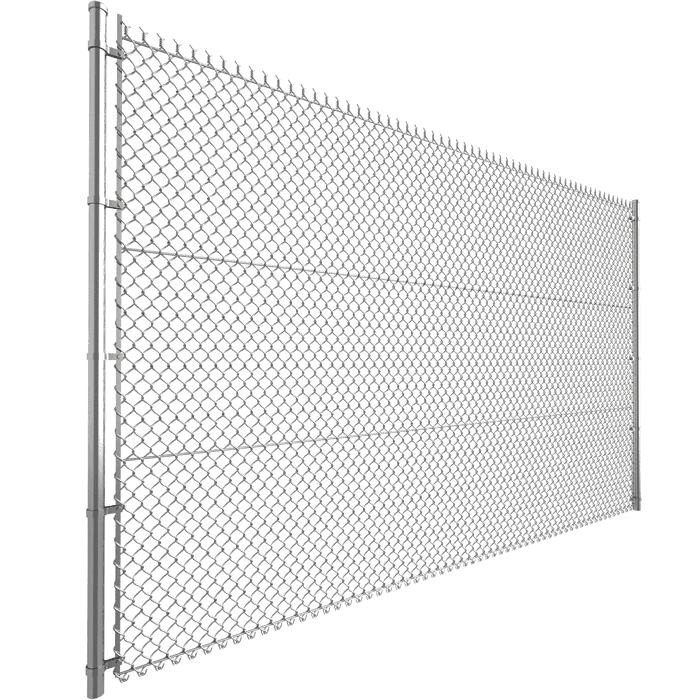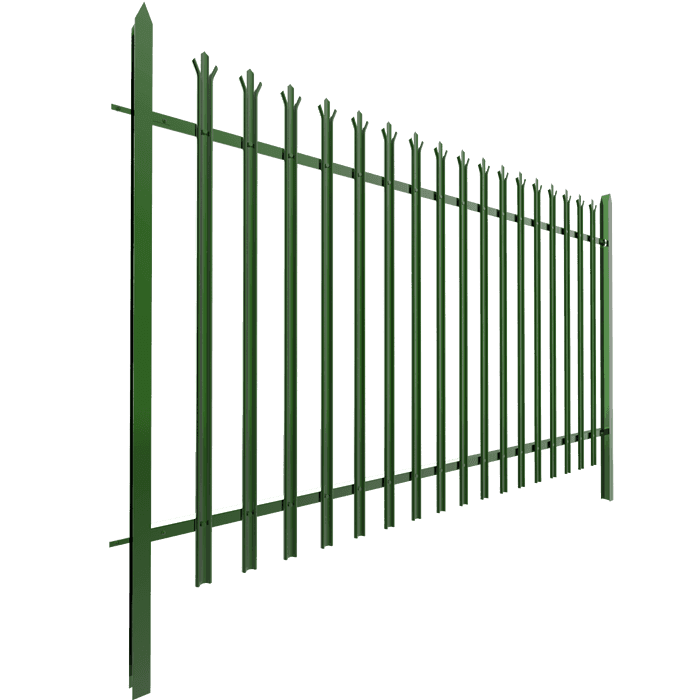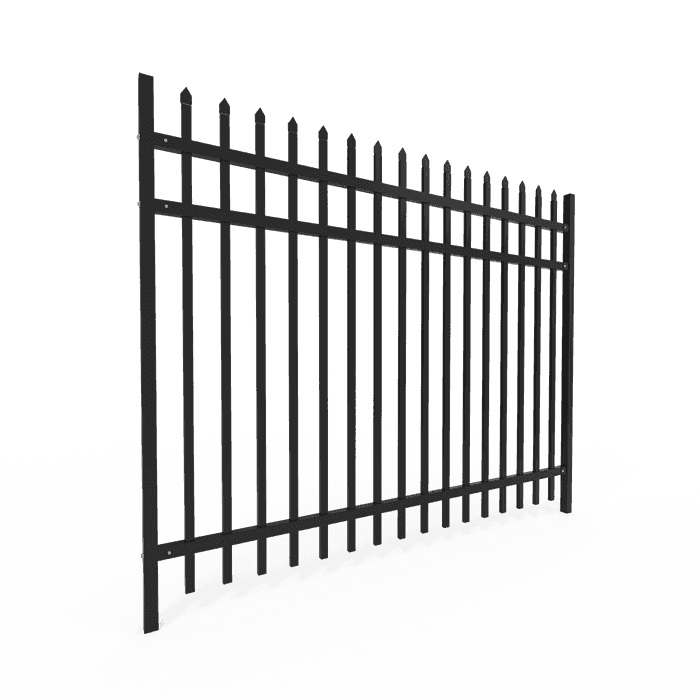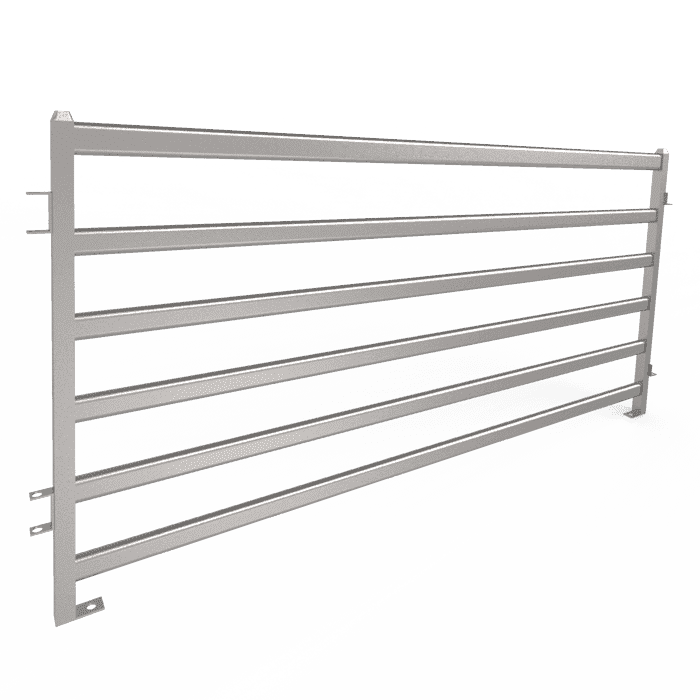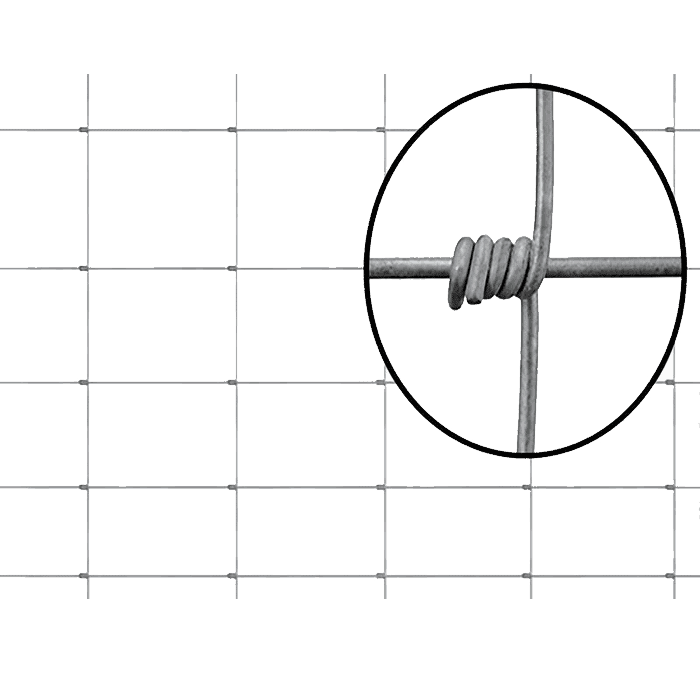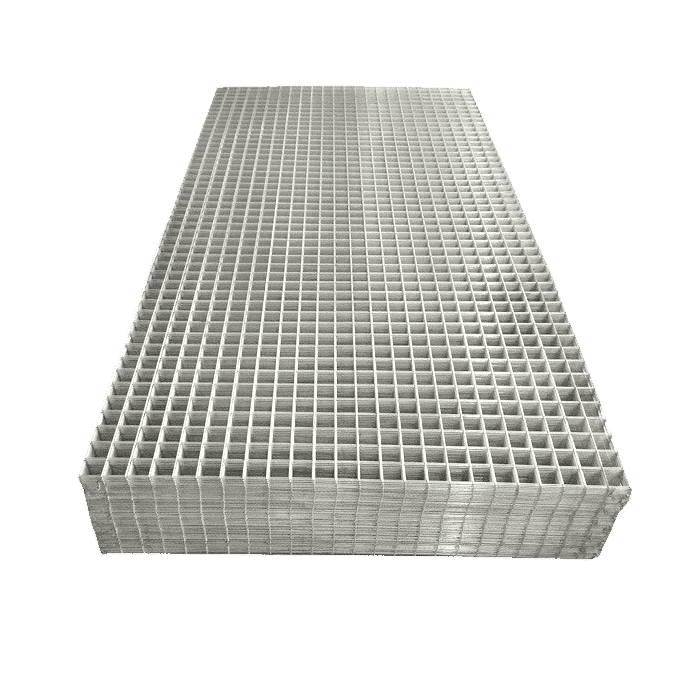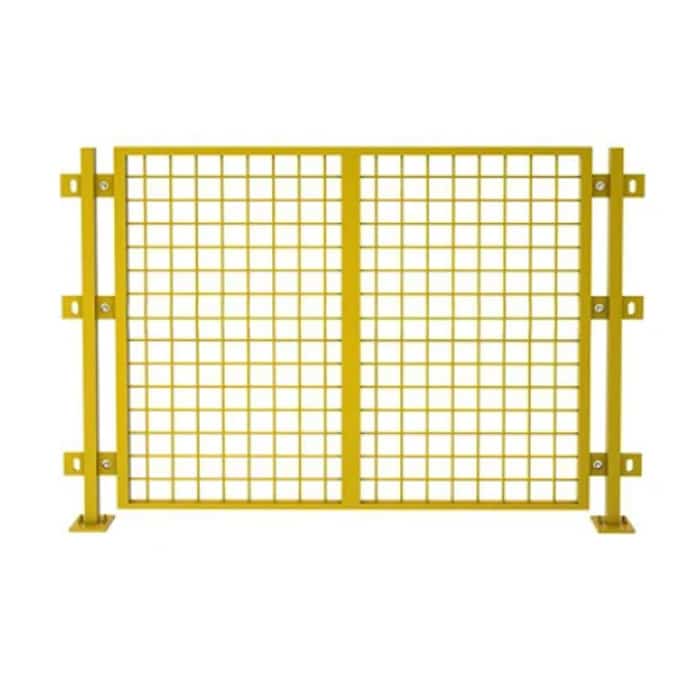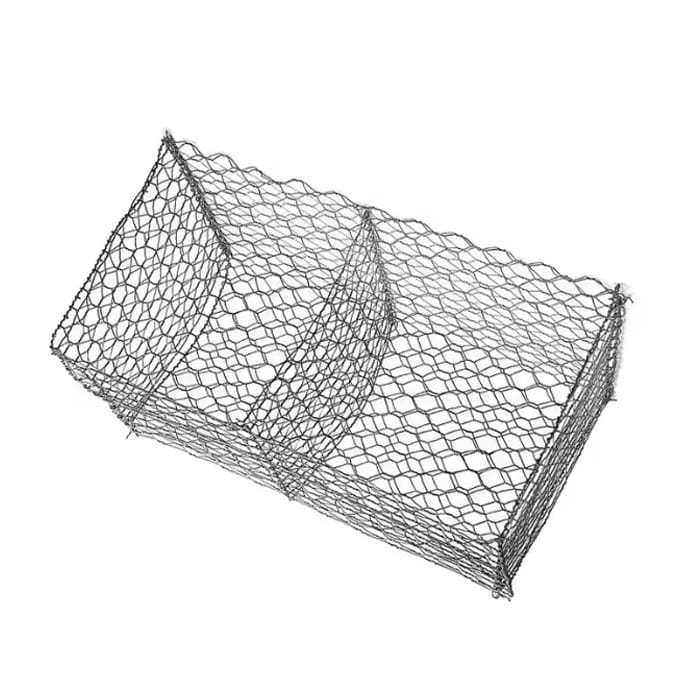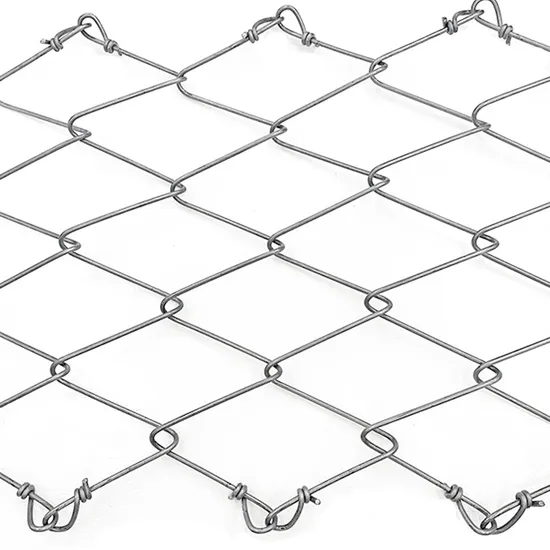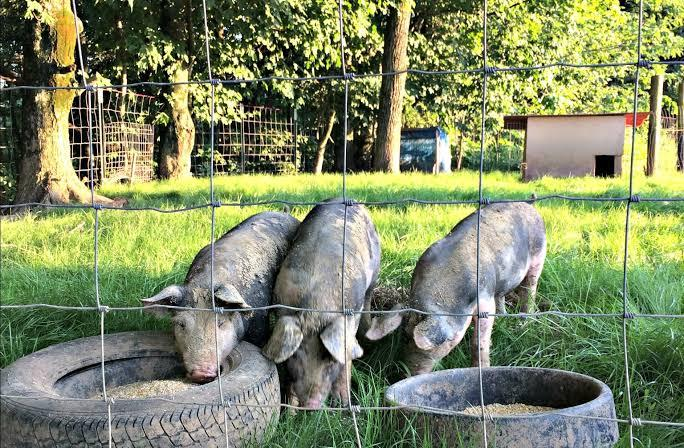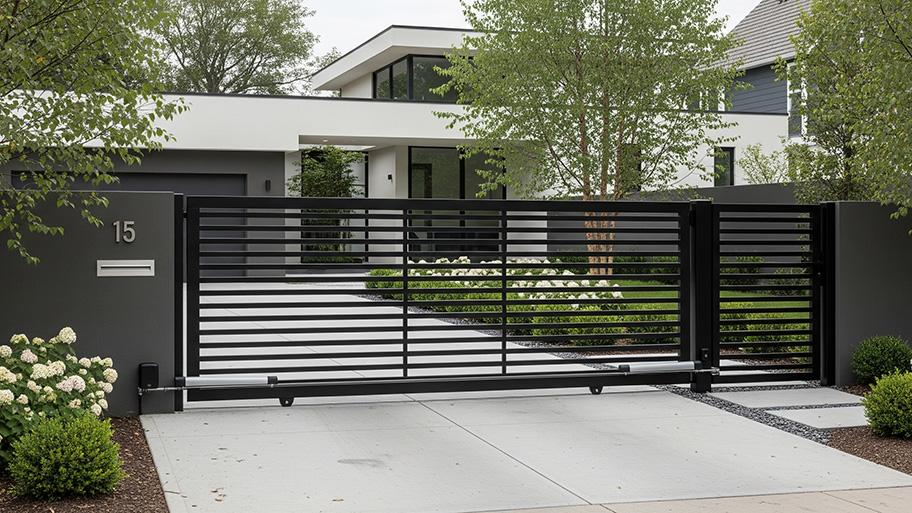Table of Contents
Fence Cost Calculator: How much of a budget does your project require?
Whether providing security for your backyard, demarcating property boundaries, or beautifying the house’s exterior, fencing stands out as a sure investment. But fencing can be very costly without proper planning.
Various factors determine the cost of a fence, ranging from the material chosen, the size of the area, how much your labor would work for, down to a possible gate or decorative panel. This is when a fence cost calculator comes into play and proves its worth- it is helpful to approximate the budget of your fencing cost to avoid unexpected pack-into life.
Here, we’ll discuss major factors influencing fence pricing, introduce an easy-to-use formula to approximate fencing costs, recommend the types of fencing for budgets, discuss ways to save money, and finally, provide information on the best free online tools that can assist you.
Part 1: Factors Affecting Fence Costs
Several things account for planning a fence, and knowing these things will help you make some good judgments with a clear conscience on budgeting, so that you do not run into some unexpected expenses while being able to select the most cost-effective materials and installation methods.
The main factors that affect fencing prices are:
1. Type of Material
The most important factor in determining fencing prices is your choice of material. Different materials dictate different price ranges, durability, and maintenance regimes.
- Chain Link:Cheapest option for utility and security fencing; costs run between $5 to $15 per linear foot.
- Wood: Used mostly for privacy and aesthetics. Pressure-treated pine is cheaper than cedar or redwood. Prices generally run between $10 and $30 per linear foot.
- Vinyl: Almost near-maintenance-free product that would last longer than a wooden fence; price ranges between $20 and $40 per linear foot.
- Aluminum or Steel: Decorative and secure fence with a higher price tag of $30 to $60 per linear foot.
- Wrought Iron: Elegant, durable, and also expensive at $50 to $100+ per linear foot.
- Composite or PVC: Presents high-end, durable looks; $25 to $55 per linear foot.
2. Fence Height and Length
Your fence’s height and total linear footage directly affect how much material is required. Usually costing more in labor, a higher fence (say, 6 or 8 feet) requires more material than a conventional 4-foot fence.
Naturally requiring more supplies and work, longer fences raise the overall cost. Carefully determine the perimeter of your fence, and think about whether complete coverage is required or whether just partial fencing would meet your needs.
3. Costs of Installation and Labor
Your location, the job’s complexity, and the contractor you choose can all significantly affect different labor costs. Professional installation typically adds $5 to $20 every linear foot.
Hiring a professional raises the total cost, even though they guarantee quality and adherence to local rules. Alternatively, DIY installation saves money but calls for time, tools, and skill.
4. Terrain and Site Conditions
Installation complexity and cost are greatly influenced by the physical state of your property. These conditions include the following:
- Grading and fence panel adjustments take more time and work on sloped or rocky ground.
- Clearance or rerouting may be needed for obstructions, including trees, roots, or buried utilities.
- The sort of soil also counts; hard or clay-rich soil could call for specific tools, but soft soil is easier to work with.
These difficulties can lengthen labor time and thereby increase the total project cost.
5. Extra Accessories and Features
The expense of extra features such as gates, lattice tops, ornamental post caps, lighting, or anti-climb spikes raises the fence cost. Here is how:
- Gate: Depending on size and material, a single gate might range in price from $100 to over $500.
- Decorative elements: Latticework, trimmings, or bespoke panels enhance beauty but also raise material and labor expenses.
- Security Tools: Electric wiring, cameras, or keypad access systems drive the budget upward.
6. Regulations and Permits
Fencing requires a building permit in several municipalities. Depending on local rules, permit fees could run from $20 to $200. Not getting appropriate permissions could lead to penalties or the need to remove and replace the fence to comply with the code.
Moreover, certain areas and homeowner associations (HOA) have rules regarding acceptable fence designs, heights, and materials, which could restrict your options and influence pricing.
7. Maintenance and Longevity
Long-term costs matter too. Wood fences may require staining or sealing every few years, while vinyl and metal fences need minimal maintenance. Choosing a material with low upkeep can save money over time, even if it costs more initially.
Part 2: Quick Calculation Formula for Fence Cost
Calculate an estimated budget using the following formula:
Total Cost=(Cost per Linear Foot×Length of Fence)+AdditionalCosts
Where:
- Cost per Linear Foot:Depends on the selected material.
- Length of Fence:Total perimeter or linear footage.
- Additional Costs:Includes labor, gates, permits, and any extras.
Part 3: Recommended Fence Solutions for Different Budgets
Choosing a fence for your property goes beyond just picking a good style to balance utility, appearance, and price. Whatever the extent of your budget-whether fiscally challenged or splurging on an elite lanscape-will find just the right solution suitable for fencing.
The suggestions below cling to three budget categories:.
A. Budget Fence Solutions (Low-Budget)
Cheap fences with the bare minimum of protection are offered by several inexpensive materials.
1. Chain Link Fence
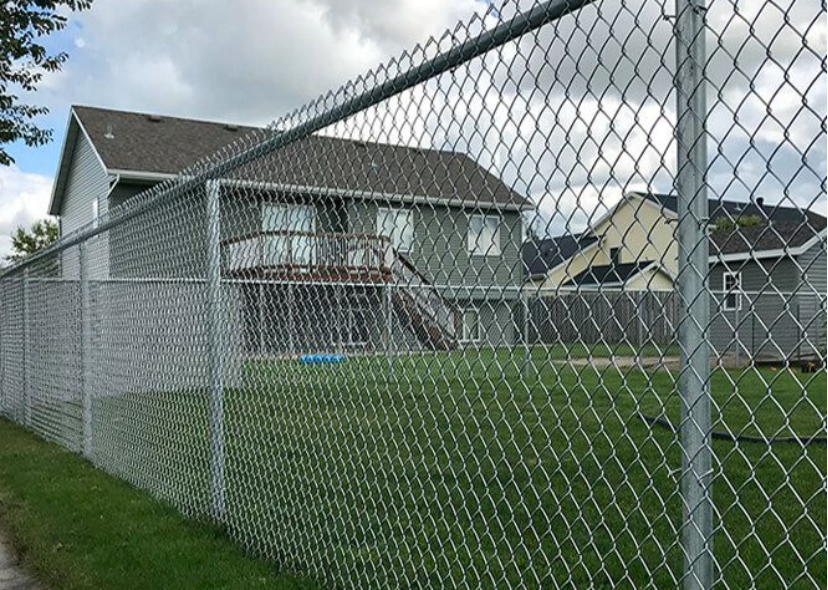
Cost: $5-$15 per linear foot
Best For: Pet enclosures, backyard security, large areas
Pros: Inexpensive, durable, quick to install, little maintenance needed
Cons: Limited privacy
Chain link works well if the main objective is security rather than beauty. Perfect if you need to cover a large area on a small budget, say around a garden or a backyard. Privacy slats can be installed later with an additional charge.
2. Pressure-Treated Wood
Cost: $10-$20 per linear foot
Best For: Residential privacy, suburban homes
Pros: Cheap; looks natural; customizable
Cons: Maintenance; may warp; may rot
Pressure-treated pine presents your garden with a wooden fence look at a lower price than cedar or redwood. It can be stained or painted to match your home décor and looks good from both a decorative and a practical side.
B. Medium-Range Fence Solutions (With Moderate Budget)
A few more dollars provide an opportunity to indulge in a fence that balances robustness, looks of beauty, and ease of maintenance.
1. Vinyl Fencing
Installation: $20 – $40 per linear foot
Best For: Privacy, family houses, and low-maintenance landscapes
Pros: It resists rot and insects, so no painting is required. It lasts for a very long time.
Cons: The initial cost is higher than wood, and there are fewer color options.
A vinyl fence looks just like wood but without all the headaches of maintenance. It’s a good choice for those who want a fence that will endure for decades with very little upkeep.
2. Composite Fence
Installation: $25 – $45 per linear foot
Best For: Sleek modern home, eco-friendly homeowner
Pros: Very durable, recycled material, and weather-resistant.
Cons: More expensive than vinyl and wood. It may not be readily available in some areas.
Composite fencing gives the appeal of wood with the hardiness of synthetics. It is ideal for people who want to put up an attractive fence with little sealing or repair needed.
3. Horizontal Wood Slat Fence
Installation: $20 – $35 per linear foot
Best For: Modern aesthetics, privacy
Pros: Looks stylish, customizable, enhances privacy
Cons: Should require more maintenance than vertical styles.
This style is fairly new and has been gaining popularity, offering a sleek look suitable for modern architecture.
C. High-end fencing (Premium Budget)
Premium fence materials deliver the highest values of aesthetics, security, and longevity for owners who want to make real estate statements or add value to a property.
1. Wrought-Iron or Decorative-Metal Fence
Cost: $50 and above for each linear foot
Best For: front yards, upscale homes, and security fencing.
Pros: Elegant, very durable, customizable designs.
Cons: High costs of maintenance and rust treatment.
Wrought-iron fences are laden with elegance and are often combined with masonry pillars or ornate gates. Powder-coated aluminum could give the same look but with less maintenance.
2. Stone or Brick Fence
Cost: $80 and above for each linear foot
Best For: Estate homes, noise reduction, and high-security requirements
Pros: Highly Durable, utmost privacy and security, and sound barrier.
Cons: Very costly, takes a long time for the installation process, and requires a foundation.
Stone and brick work for the fence is a worthwhile installation. They offer more durability and presence but require more investment in terms of both money and labor.
Part 4: What are the techniques to save fence costs?
Although fencing can be a major expense, these techniques will help you save money:
1. Select affordable supplies
The total cost depends a lot on material choice. Choose inexpensive but sturdy materials like pressure-treated wood or chain link. Though they still offer utility and a decent look, these materials are much less expensive than stone, wrought iron, or vinyl. If aesthetics are important, think about improving inexpensive materials with landscaping or accessories rather than spending money on high-end fencing.
2. Restrict the fence length
Reducing the overall length of the fence is one of the most basic means to save expenses. Think of fencing only the most necessary parts—like the garden or backyard—so you are not enclosing the whole property. Using natural barriers like trees or bushes, strategic placement can help cut the quantity of fencing required.
3. Self-Installation
Especially for bigger fencing jobs, labor costs can accumulate rapidly. Doing the installation yourself saves hundreds or perhaps thousands of dollars if you possess fundamental construction expertise and equipment. Step-by-step directions for DIY fencing may be found in many online manuals and home improvement shops.
4. Obtain several estimates
Should you choose to engage a professional, don’t accept the first estimate you get. Request estimates from at least two to three contractors, and examine not only pricing but also included services. Be honest about your budget and inquire about less expensive options that they could advise.
5. Install in the off-season
Higher demand for fence installation in spring and summer could drive up labor costs. Think about planning your project in the off-season (fall or winter), when contractors could provide discounts or specials to draw customers.
6. Purchase items in bulk or on sale
Keep an eye out for seasonal discounts at home improvement retailers, or buy materials in large to obtain a better price. Some vendors provide discounts for larger orders or for purchasing leftover supplies from earlier projects.
Part 5: What free online fence cost calculation tools are recommended?
These are among the most dependable free choices available:
1. Jackson's Fencing Calculator
For the UK market, Jacksons Fencing provides a thorough and user-friendly fence cost calculator. Users can specify their ideal fence design, overall length, and post arrangement.
The tool then offers a concise breakdown of necessary materials—panels, posts, gravel boards, and fixings. Planning a project using premium timber fencing is made simple by this, which also includes links to directly purchase materials, hence simplifying budgeting and ordering.
2. Calculator for Lowe's Fence
By inputting total linear footage and choosing your preferred materials, Lowe’s offers an interactive calculator to estimate fencing needs. It is ideal for planning your shopping list since it details the number of fence panels, posts, and ornamental items required. For accuracy, prices are revised according to your zip code.
3. FenceCalculator.com
This dedicated calculator focuses solely on fence estimation. It offers customization options such as fence height, gate quantity, material types, and terrain considerations. Though not tied to a retailer, it’s great for getting a ballpark figure before shopping or hiring a contractor.
4. Craftsman’s National Fence Estimator (via Homewyse)
Homewyse provides detailed cost breakdowns based on national averages and regional pricing. Their estimator covers material, labor, and even debris removal, giving you a more comprehensive project budget. It’s especially useful for comparing DIY vs. professional installation costs.
5. Menards Fence Estimator Tool
This store-based estimator helps you visualize and plan your fence layout. You can input fence type, layout shape, and other design preferences. While prices reflect Menards’ inventory, the calculator gives you a realistic cost summary, including installation help if needed.
Conclusion
A properly thought-out fencing job begins with cost clarity. A dependable fence cost calculator will help you estimate expenses realistically and select materials compatible with your requirements and budget.
Homeowners on a budget can simplify planning and reduce overspending by using free internet tools. In the end, the appropriate fence needs to be well chosen rather than costly. Build a safe, fashionable, and inexpensive border for your property using the tools at hand.

